There was a time when Brad and I entertained like crazy. Life was a string of dinner parties, followed by impromptu dance parties and more dinner parties. Lately these evenings are fewer and farther between, but I still love to host a great night of food and friends.
When it comes to friends, I’m always thinking of who would be interesting to pair as guests. Nothing is better than gathering people from different parts of your life at the same table for a meal, and watching unexpected connections and new bonds form. As for food, I like to form a menu and let it marinate and morph in my mind a few days in advance – it’s usually centered around a particular dish I’m wanting to make and then I look to compliment it with additional courses. But when it comes to the wine, and my pal Steve is coming to dinner, I trust pairings to the pro.

Steven Plant is passionate about wine like I am about food, and because he works for a wine distributor, he gets to regularly geek out about wine, meet producers, visit vineyards around the world, and curate his personal collection of “juice”. He’s got a bit of a reputation among our Brooklyn friends (since we’ve long been joining forces for epic evenings where I cook and he pours), and it’s a blast to experience him describing the wines, and the vines, and why that glass will go so well with the delicious plate of food I just put in front of you. The guy just can’t help it.
This past weekend we hosted a dinner party. It came together sort of organically and involved a wonderful mix of great friends. When I invited Steve, our text message conversation went like this:
Me: You guys by chance around Saturday and want to come over for dinner?
Steve: Funny…we were just talking about you guys last night. I was going to email and see what you’re up to this weekend. Yeah, we’re totally down!
Me: Awesome! Our friends Ann and Robert are coming too, they’re great. Will be fun!
Steve: I’ll bring wine if it’s OK? Got tons of good juice right now!
Me: Sure! I’ll let you know what’s cooking when I have a better idea so you can pair.
Steve: Sound like a plan!
(I know, so many exclamation points! But we were excited!!!) A few days later…
Me: Smoked eel app, eggplant pasta, beef short ribs!
Steve: Sounds incredible! Ok, I have some ideas. I’m think it will involve a white, a rose and two reds. In that order.
Me: Careful, I might make you write a guest blog post :) Can’t wait, did we tell you 7:30?
Steve: I’ll definitely do a post, but let’s see how I do first! See you then.
Me: Great! Come hungry!
And so the evening went. I cooked, we ate, Steve poured, we all talked and laughed and talked and ate and drank some more, and the next morning, when I rolled over and pulled the covers over my head, Brad dutifully got up and did the dishes. I had my camera nearby throughout the night, but I was too busy enjoying the company to take photos. The only evidence of success was the aftermath.

Heather’s notes on the menu:
Smoked Eel with Creme Fraiche on Toast
I used my recipe from this previous spring, but instead of spiking the creme fraiche with horseradish, I whisked in lemon zest and a healthy grinding of black pepper. In advance you can slice a baguette and spread in a single layer on a buttered baking sheet. Bake them in a 350 degree oven for about 10-15 minutes per side until they’re golden and just crisp. The eel and creme fraiche can be whipped up just before your guests arrive. Assemble the toasts with a spread of creme fraiche, pile on a bit of eel and finish with a light garnish of minced chive.
Penne with Roasted Eggplant Purée
My new favorite eggplant recipe. I roasted the eggplant in advance and the remainder of the dish was prepared in the time it took for the pasta water to boil, allowing me to cook and serve the pasta immediately to our guests. I used a good quality dried pasta and finished the plates with a light drizzle of a lovely olive oil from Puglia and a dusting of fresh grated Parmeggiano-Reggiano.
Beef Short Ribs
This dish cooked itself while I was busy prepping the day of the dinner. My favorite recipe for short ribs is this ancho chili and coffee braise from Gourmet, but this time I went for a classic red wine braise similar to this recipe. I served the short ribs with some roasted broccoli, sprinkled with grated Pecorino Romano right out of the oven (I liked the crisp texture of the broccoli against the super tender, fall apart meat), some salty oil-cured olives and good bread for sopping up the braising juices.
For dessert we all tucked into an Apple Pie (thanks Laura!) from the wonderful Park Slope patisserie Trois Pommes, with a scoop of Ronnybrook Farm’s Hudson Valley Vanila ice cream.
Steve’s notes on the wine:
2007 Domaine Huet Vouvray ‘Le Mont’ Sec, Loire Valley, France
Apples, honeysuckle, stone fruits, and great minerality.
In most peoples’ opinion, Huet is the greatest Vouvray producer…ever. 100% Chenin Blanc from a steep vineyard called ‘Le Mont’. Biodynamic since ‘88.
Smoked Eel is an extremely tough pairing because of its strong flavors, so you want something to stand up to it without being too rich, too sweet, or too dry. Something with fruit (reminiscent of Fall) and good acidity is a great match. Other suggestions might be a Halb-Trocken German Riesling Kabinett, an Alsacian Pinot Blanc, or a Pouilly-Fume (because of its smokiness).
2010 Domaine L’Anglore Tavel, Southern Rhone, France
Cranberry tartness, wild cherry, subtle hints of cinnamon.
Eric Pfifferling started out in the 80’s as a beekeeper and farmer in Southern France. He was “bitten” by the Natural wine bug very early on and is now considered to be one of France’s most talented Natural wine makers. This is a rose made from Grenache & Clairette. Unfiltered, unfined, and no sulfur.
Rosé is one of the world’s most under-rated wines. Period. They can be fruity, bracingly dry, or somewhere in-between. And because of their low tannins and high acidity, they go well with a myriad of dishes. They should be drunk all year round as they are in France or Italy but unfortunately in the States, we only view them as a seasonal wine.
When one thinks of rosé, it’s hard not to think of the best examples from Provence and Tavel (an area in Southern France dedicated exclusively to the production of rosé) and the beautiful vegetables of that sunny, hot region (olives, wild herbs, eggplant, etc.). What better to match the simplicity and sheer deliciousness of roasted eggplant and garlic?! My favorite pairing of the evening.
2004 Domaine Leon Barral Faugeres, Languedoc, France
Blackberry, hints of licorice, spice, and a very fine tannin, lead the way to a fully evolved, rich, yet extremely elegant wine at it’s peak.
Dider Barral, grandson of Leon Barral and outspoken proponent of Biodynamic farming, is blessed with very old vineyards in the Languedoc area of France from which he harvests Syrah, Grenache, Cinsault, Mourvedre and Terret Blanc. The wines from Barral should be on everyone’s short list of wines to drink at least a few times a year (especially in Fall/Winter) and served with hearty, stick-to-your-ribs cooking! Think braised grass-fed meats, stews, cassoulet, roast duck, and even BBQ’d spicy ribs. The 2004 is probably no longer available but if you can locate the 2006 or 2007, you will be in for a real treat as these were both warm years producing very intense and delicious wines.
Great with Heather’s melt-in-your-mouth short ribs and salty, black olives!
2007 Sky Zinfandel, Mt. Veeder, Napa, California
100% Zinfandel from a cool-climate vineyard on the top of Mt. Veeder. 30+ year old vines, organically farmed, ploughed by horse, and the whole winery- completely solar-powered!
Lore Olds, winemaker, artist, hippie, visionary, bon vivant.. Just a few words to describe the person that makes some of the most unruly, wild, and utterly delicious Zinfandels from his beautiful amphitheater of vines at the very top of Mt. Veeder. This is a wine that I distribute and sell so it’s hard to be biased but these wines are so unique. Especially in a world of high-alcohol, over-oaked, over-extracted California fruit bombs. My boss likes to call this ‘old-school zinfandel’ and the wine possesses true ‘Mountain Fruit’ (i.e., wild blueberry, mulberry, black berry, raspberry).
Braised short ribs are a great match but drinking this (and the ’89, ‘90’, ‘93’, ‘97) at the winery with grilled ribeye steaks rubbed down with garlic, sea salt, and fresh thyme over a hot coal fire wasn’t so bad either.
***
Most of these wines can be found at Chambers Street Wines in Tribeca, Uva Wines in Williamsburg, or online at winesearcher.com.
***
 Another note from Steve:
Another note from Steve:
I included a picture of the Jersey cows that graze (and indirectly fertilize!) the vineyards of Leon Barral in Faugeres



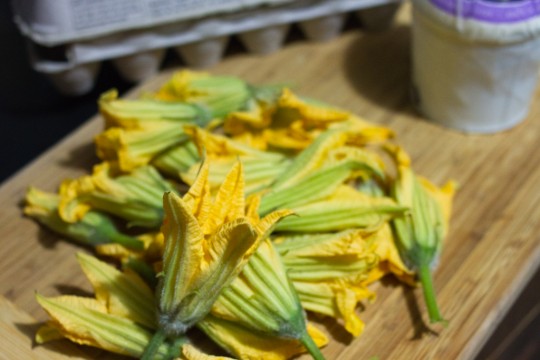
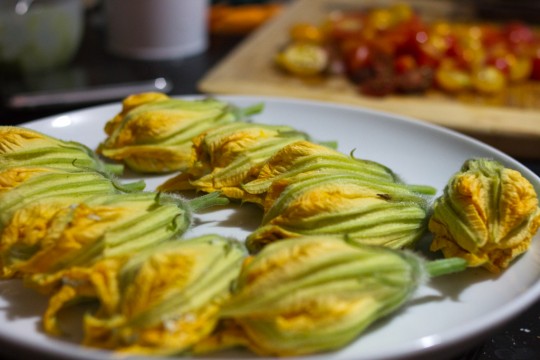






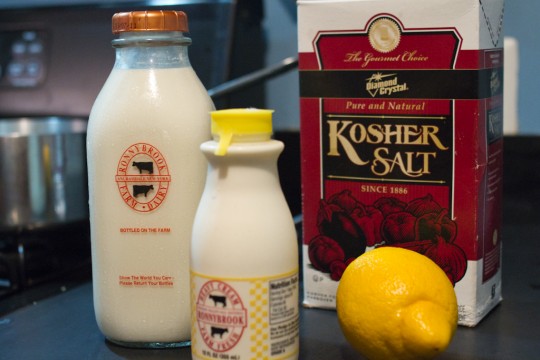


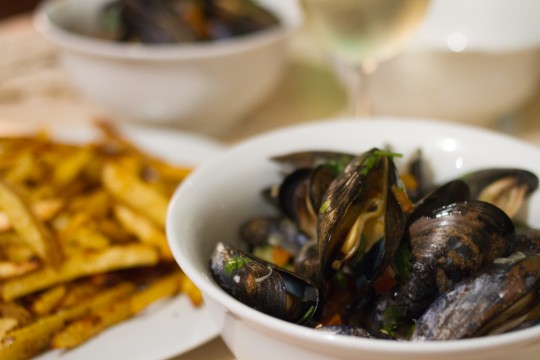

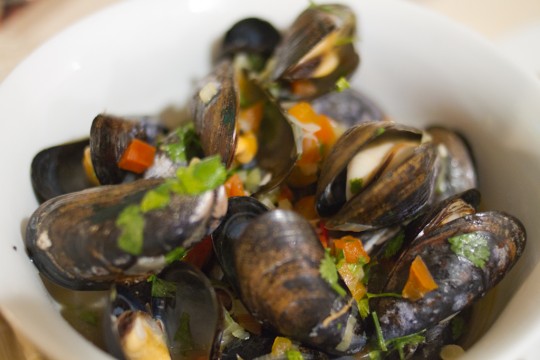
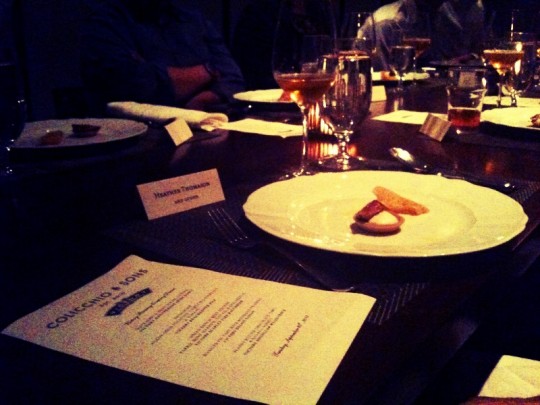










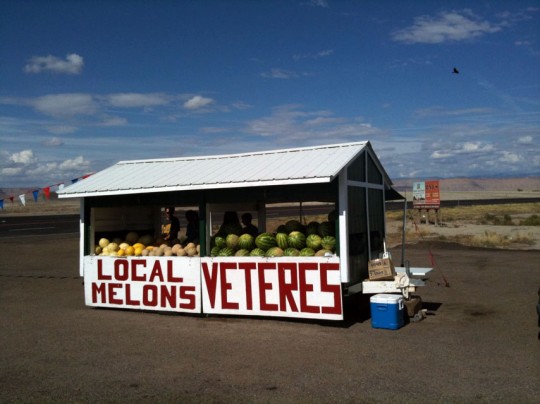
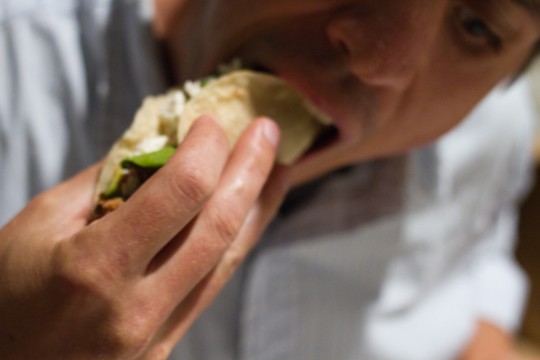

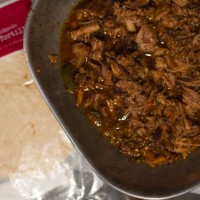


 These aren’t actually “Ribs”, they’re cut from the shoulder and while they occasionally include a bit of blade bone, are typically boneless. They have just the right amount of fat to cook up juicy as all hell every time. *If you can’t find country style ribs, I’d go for some typical pork shoulder cut into a few pieces. But no matter what, buy your pork from someone who knew what the pig looked like.
These aren’t actually “Ribs”, they’re cut from the shoulder and while they occasionally include a bit of blade bone, are typically boneless. They have just the right amount of fat to cook up juicy as all hell every time. *If you can’t find country style ribs, I’d go for some typical pork shoulder cut into a few pieces. But no matter what, buy your pork from someone who knew what the pig looked like.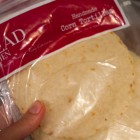 I can’t say enough about how totally amazing
I can’t say enough about how totally amazing 